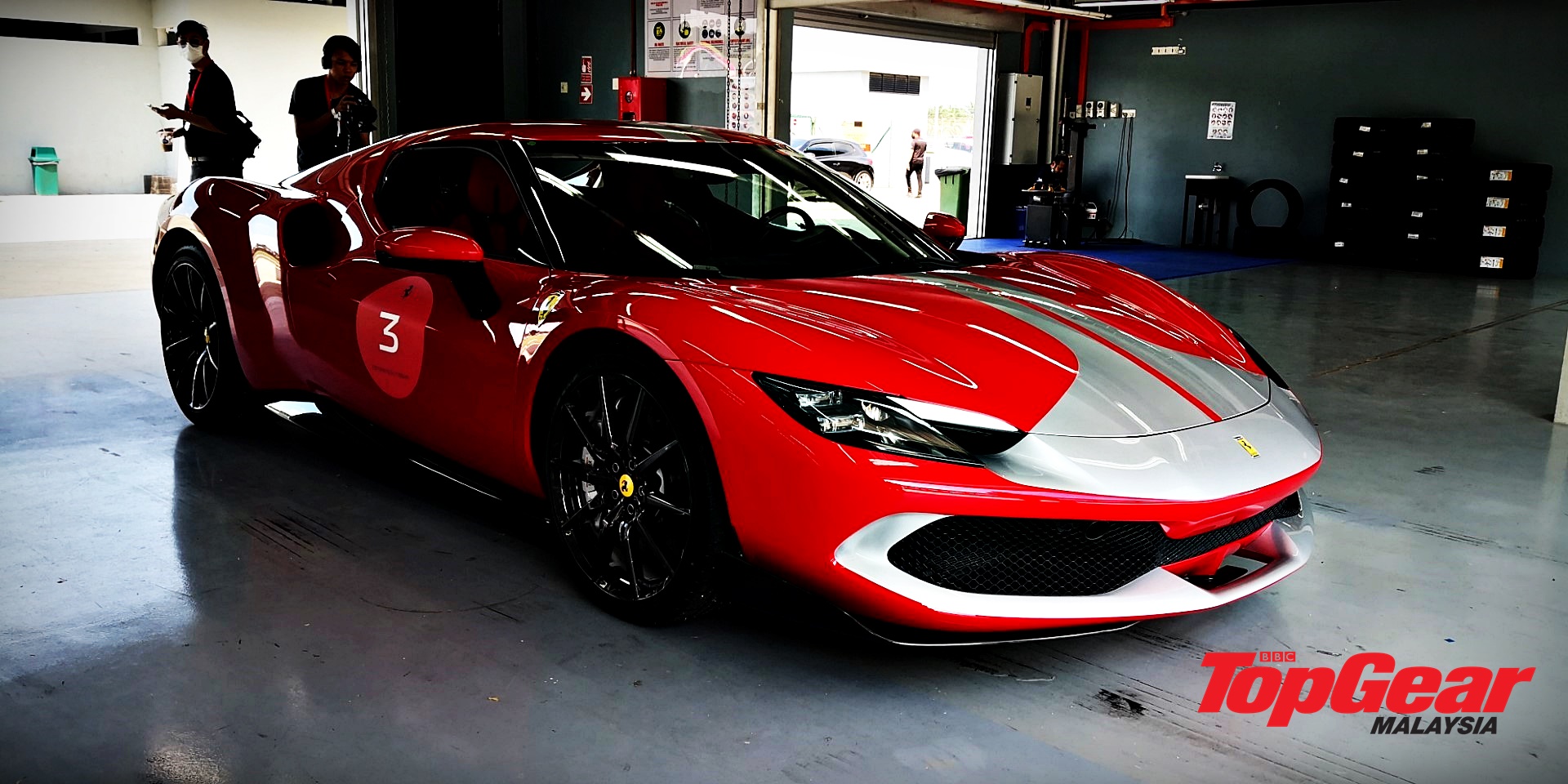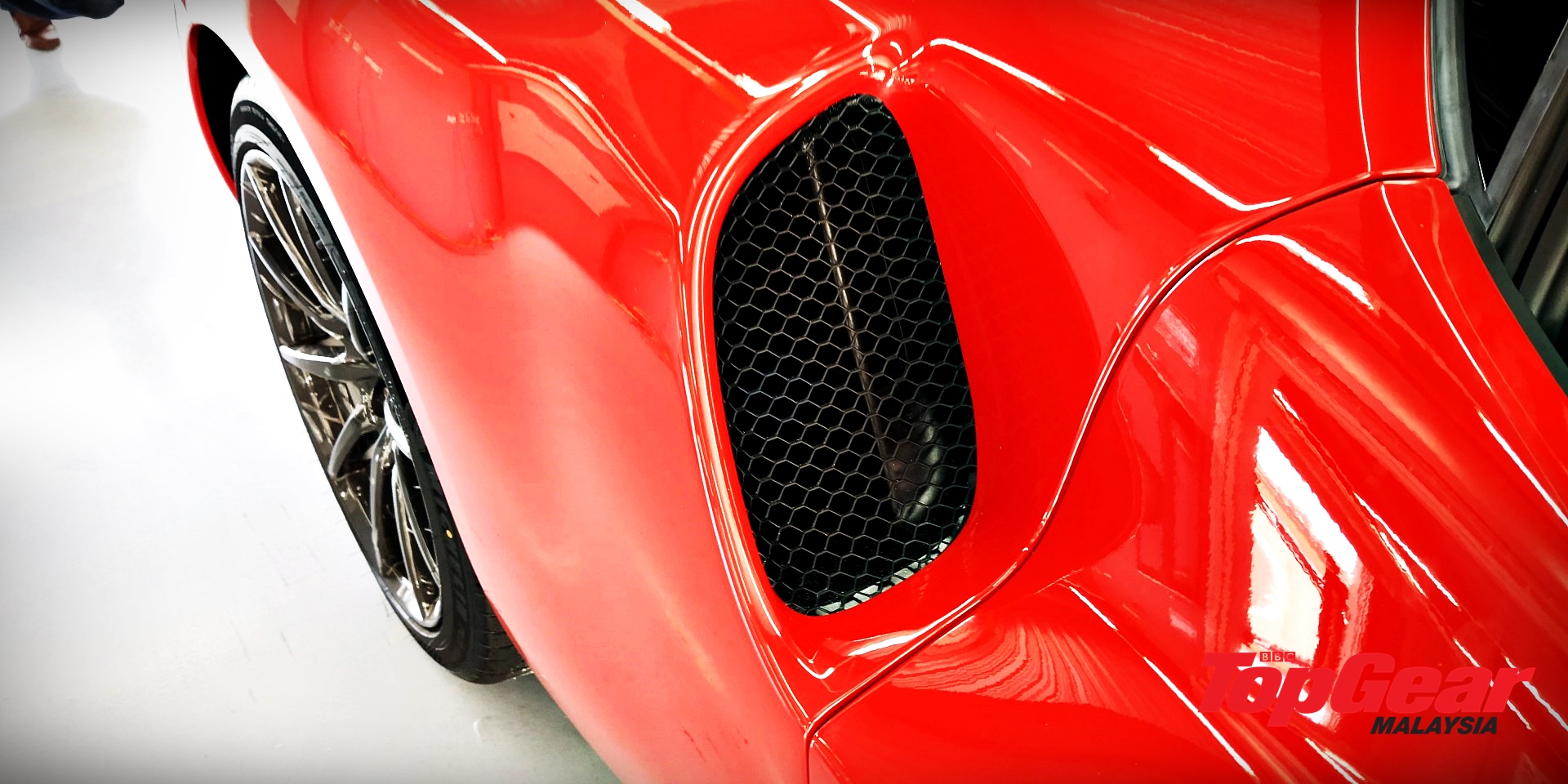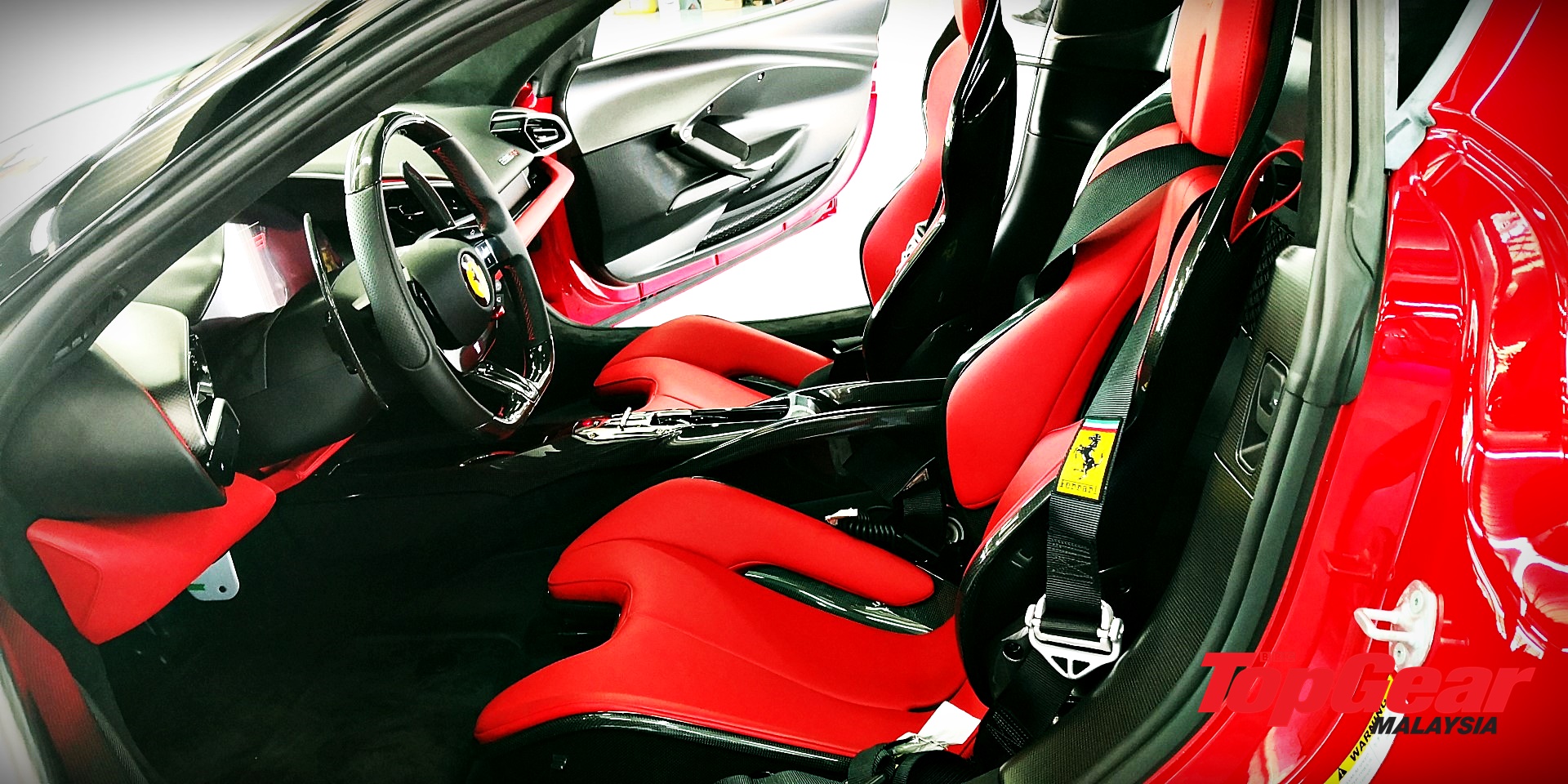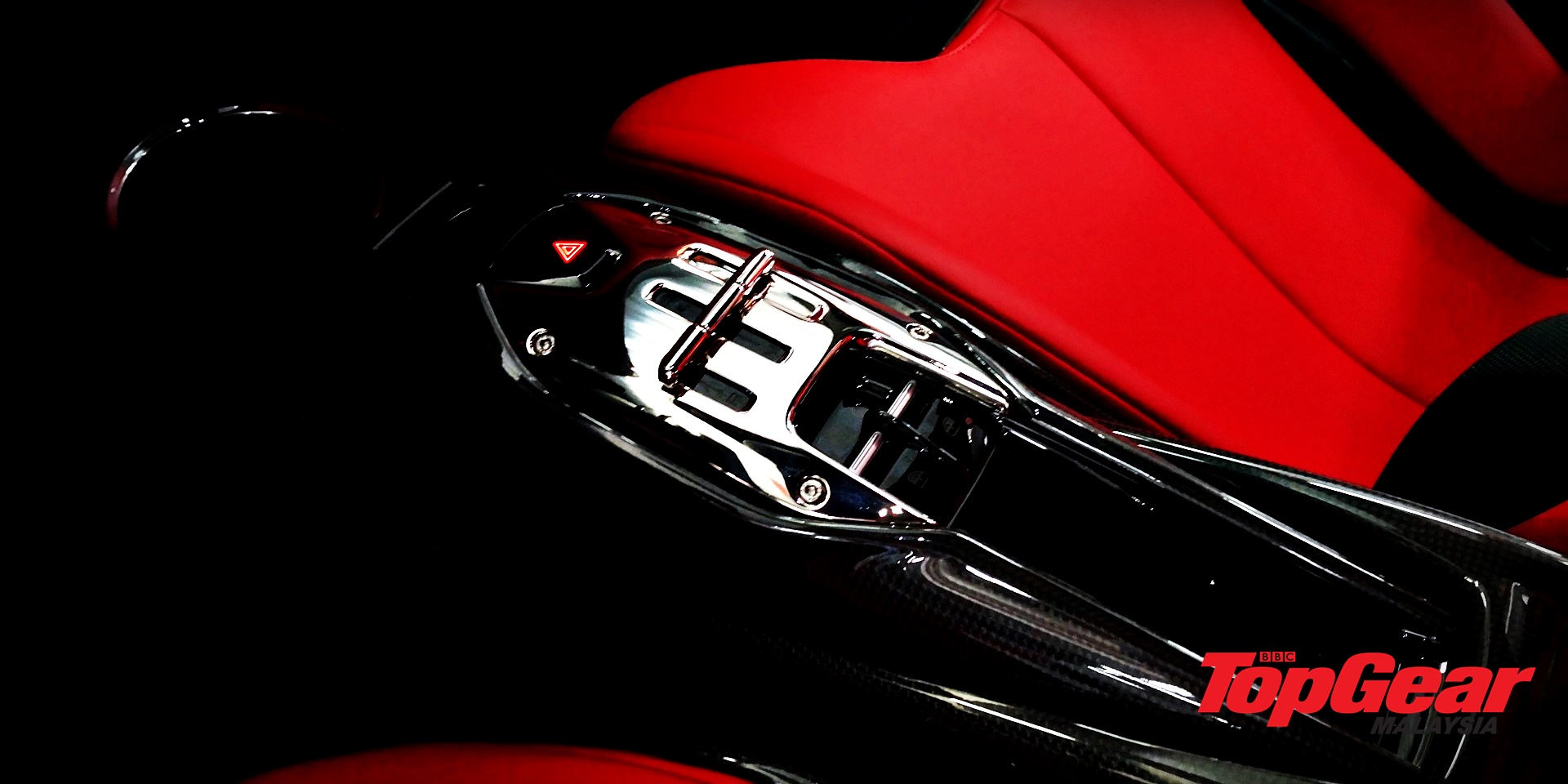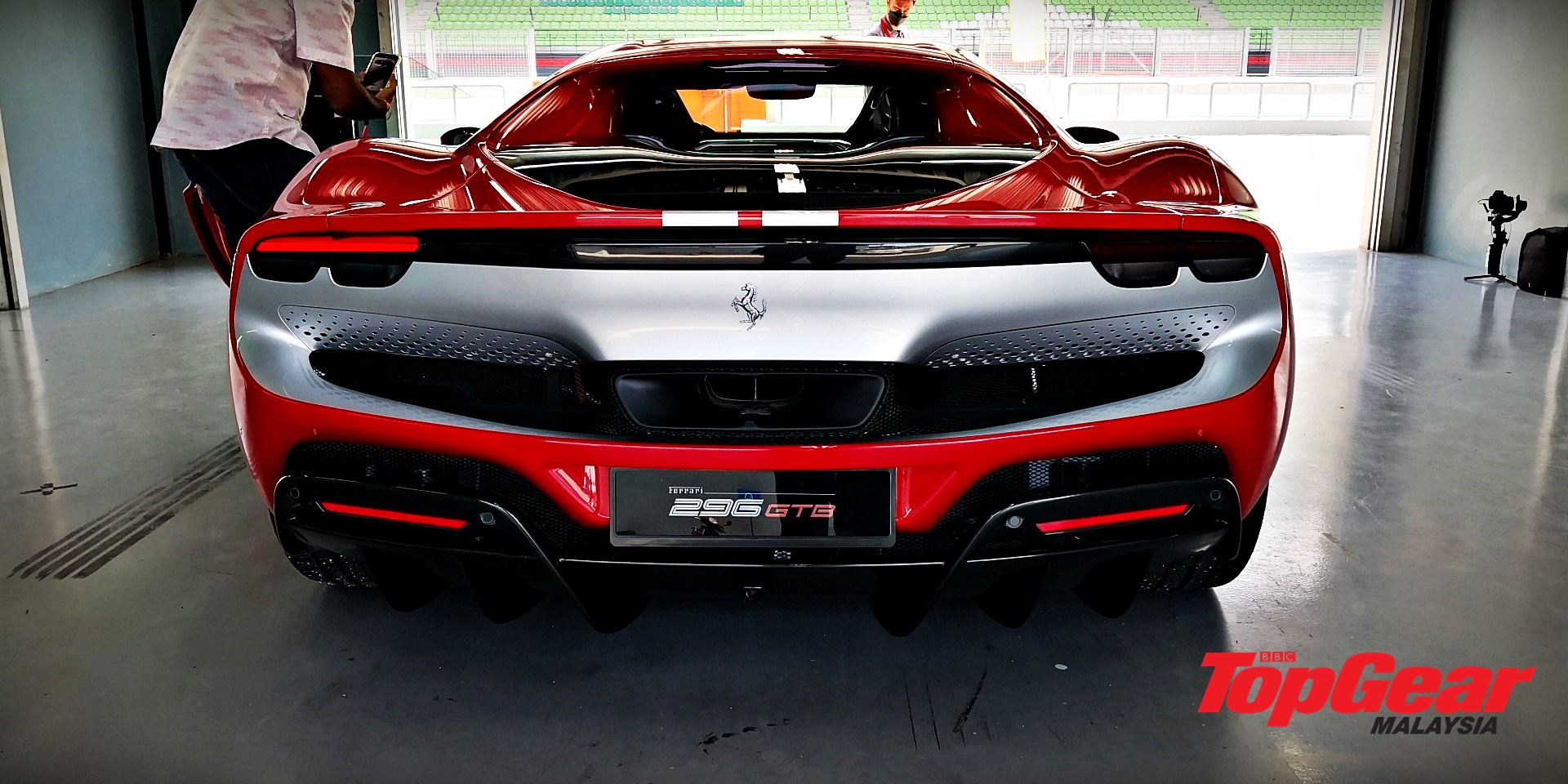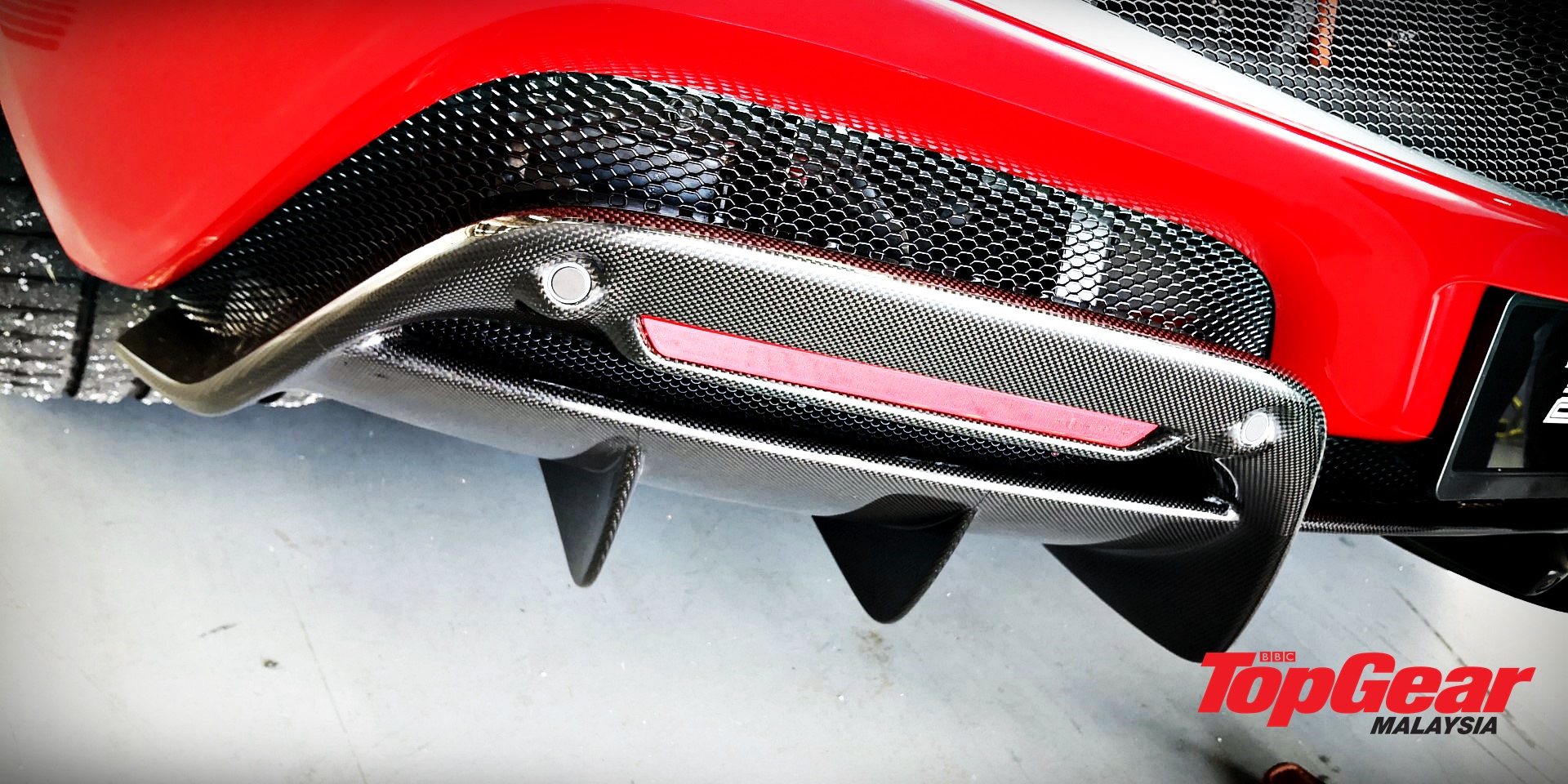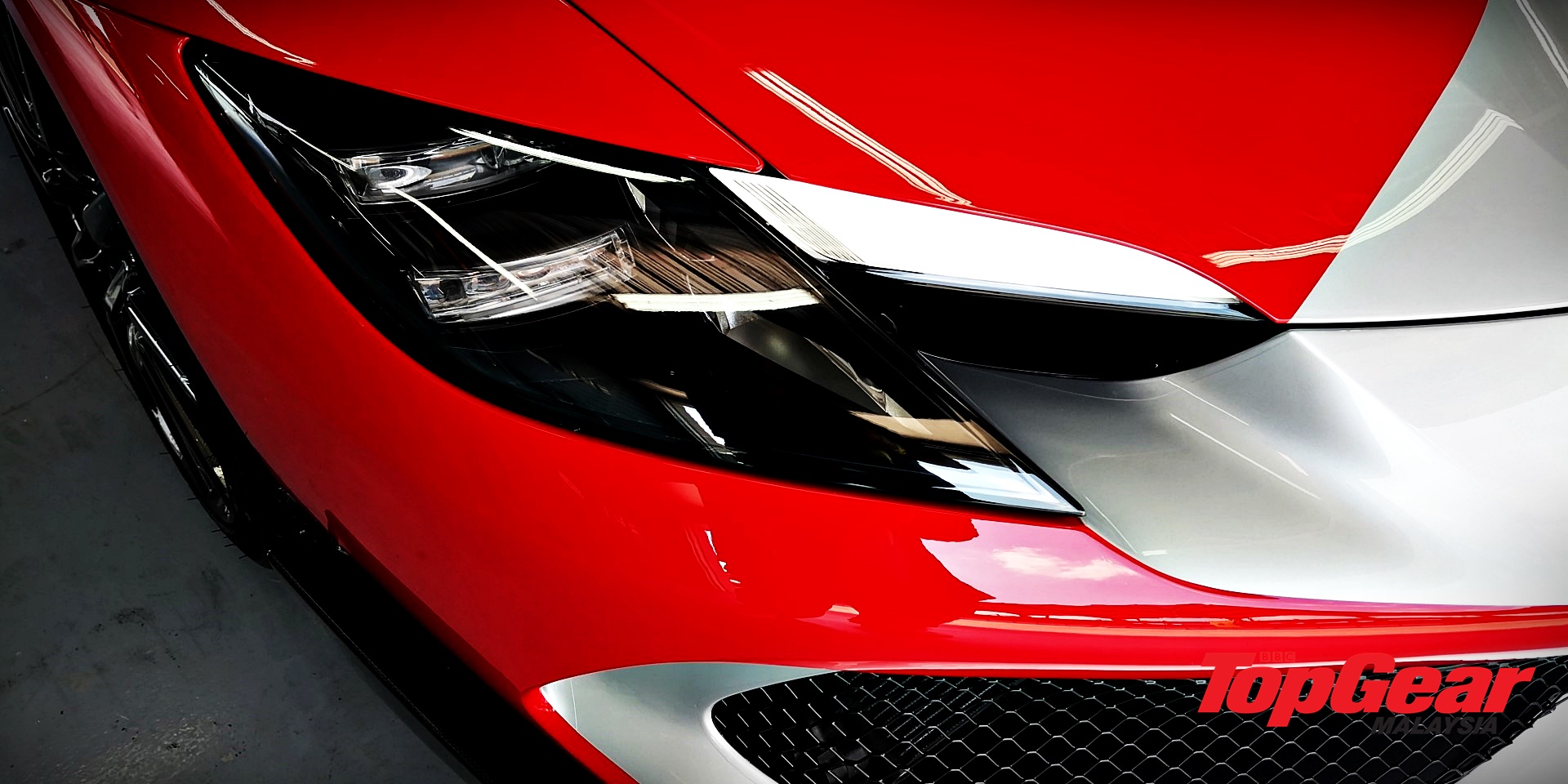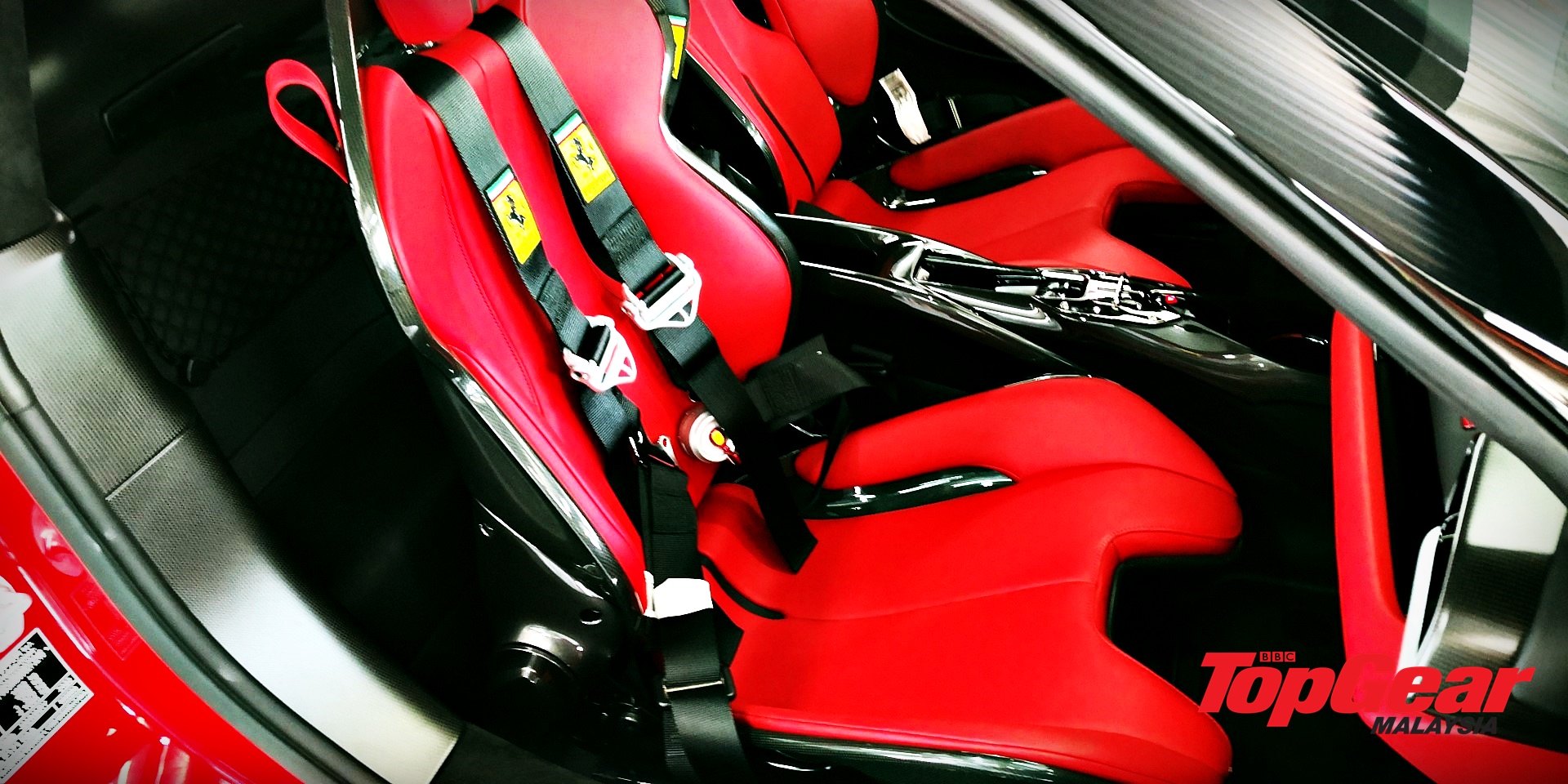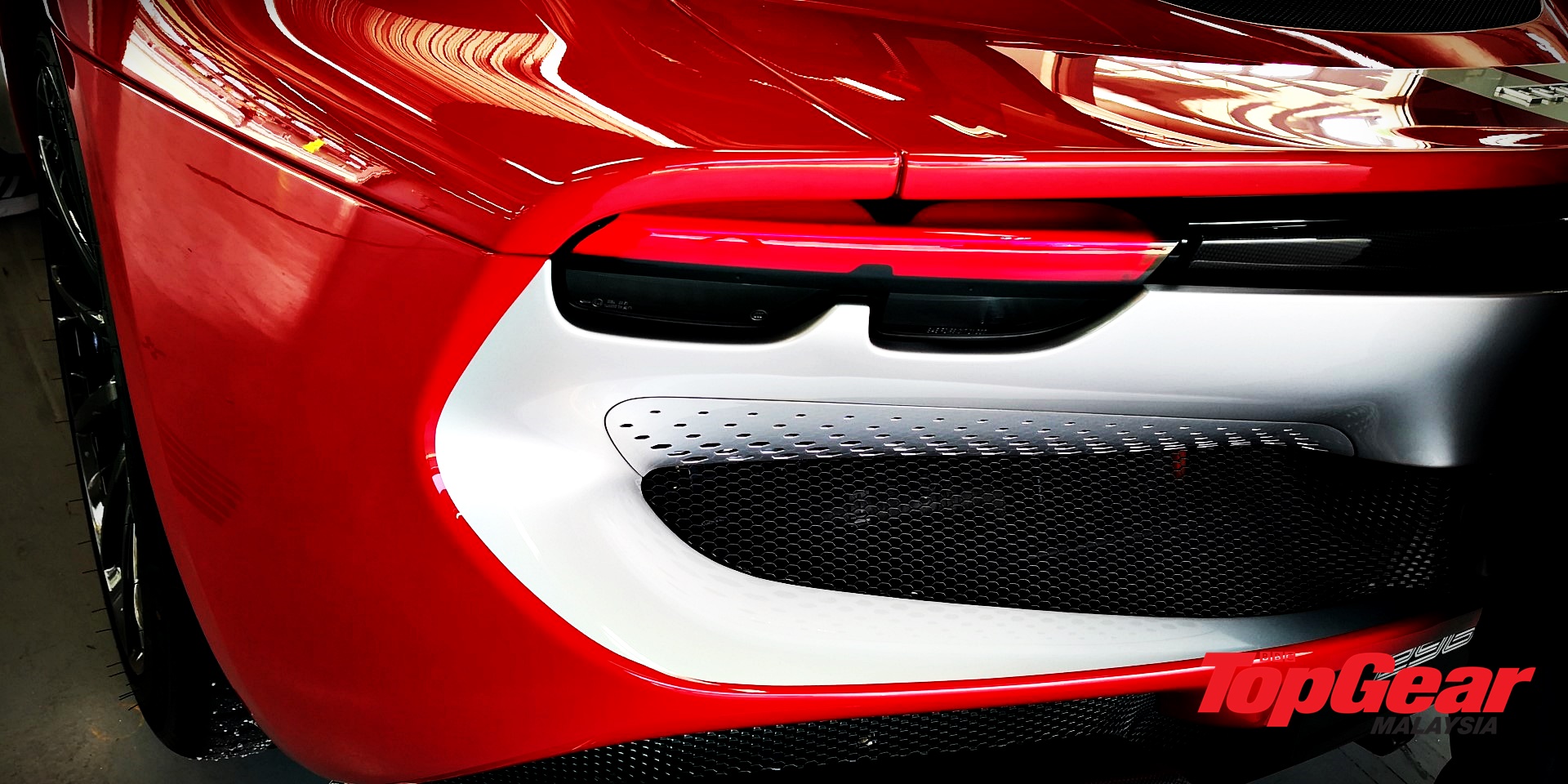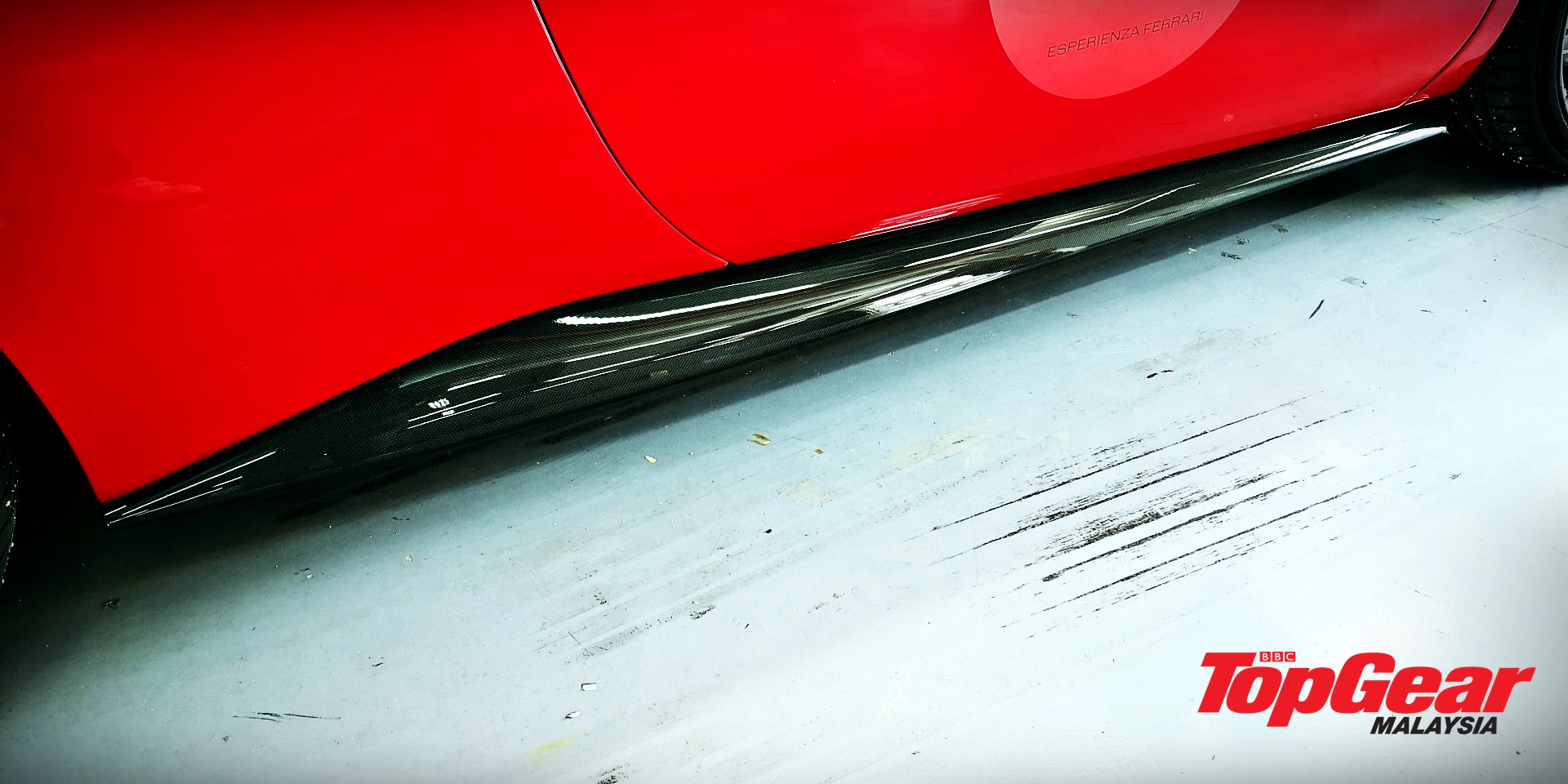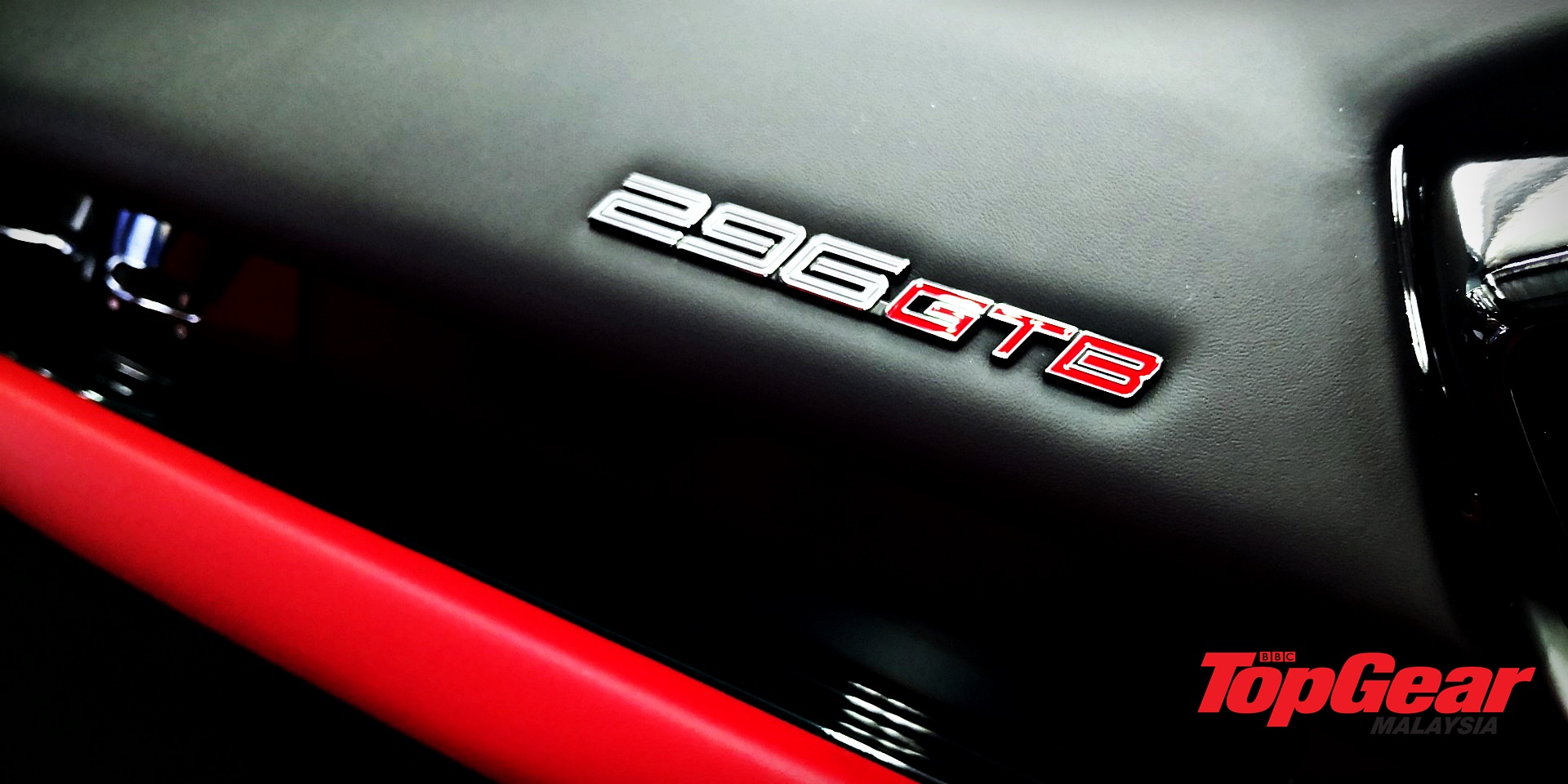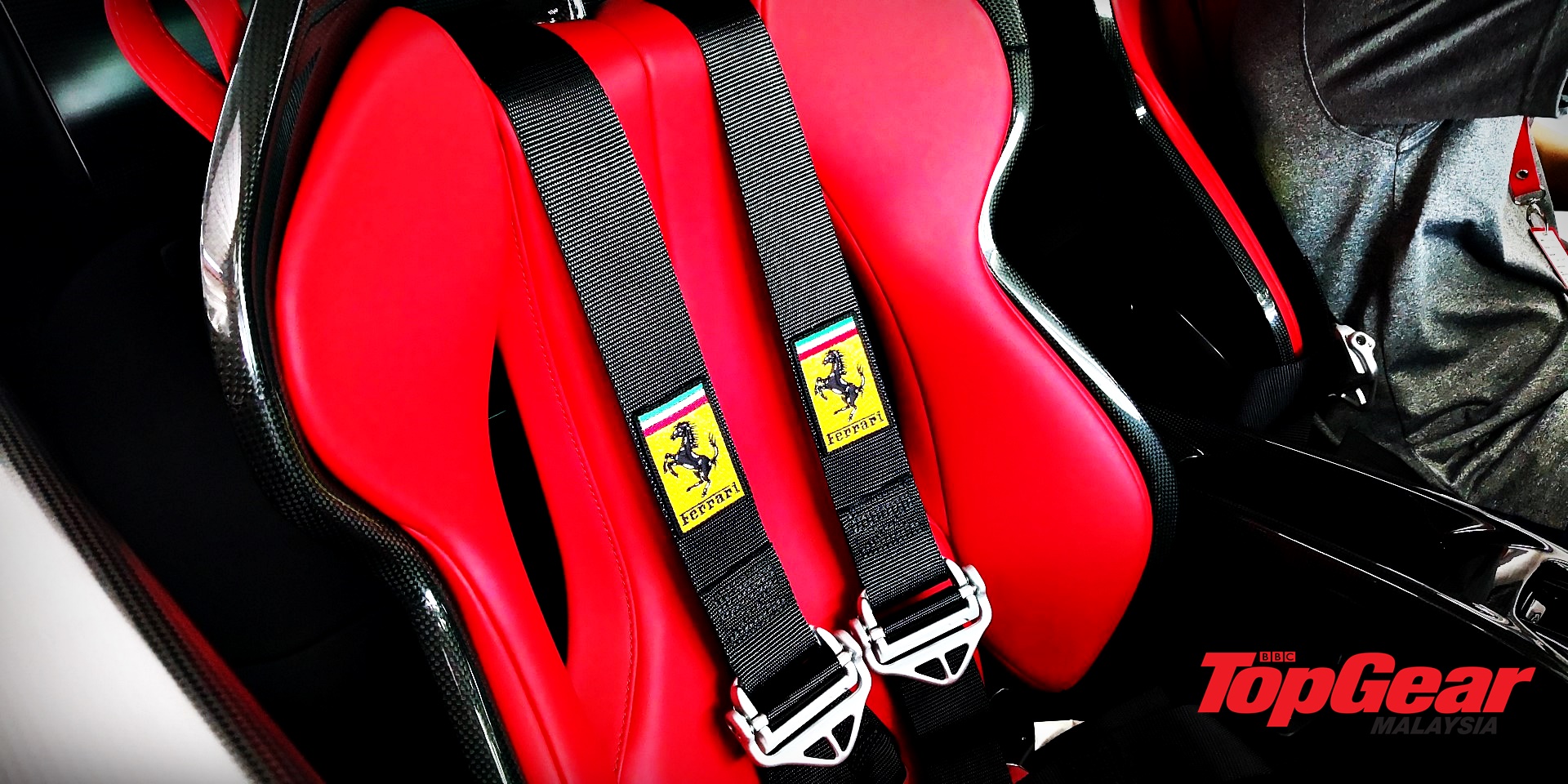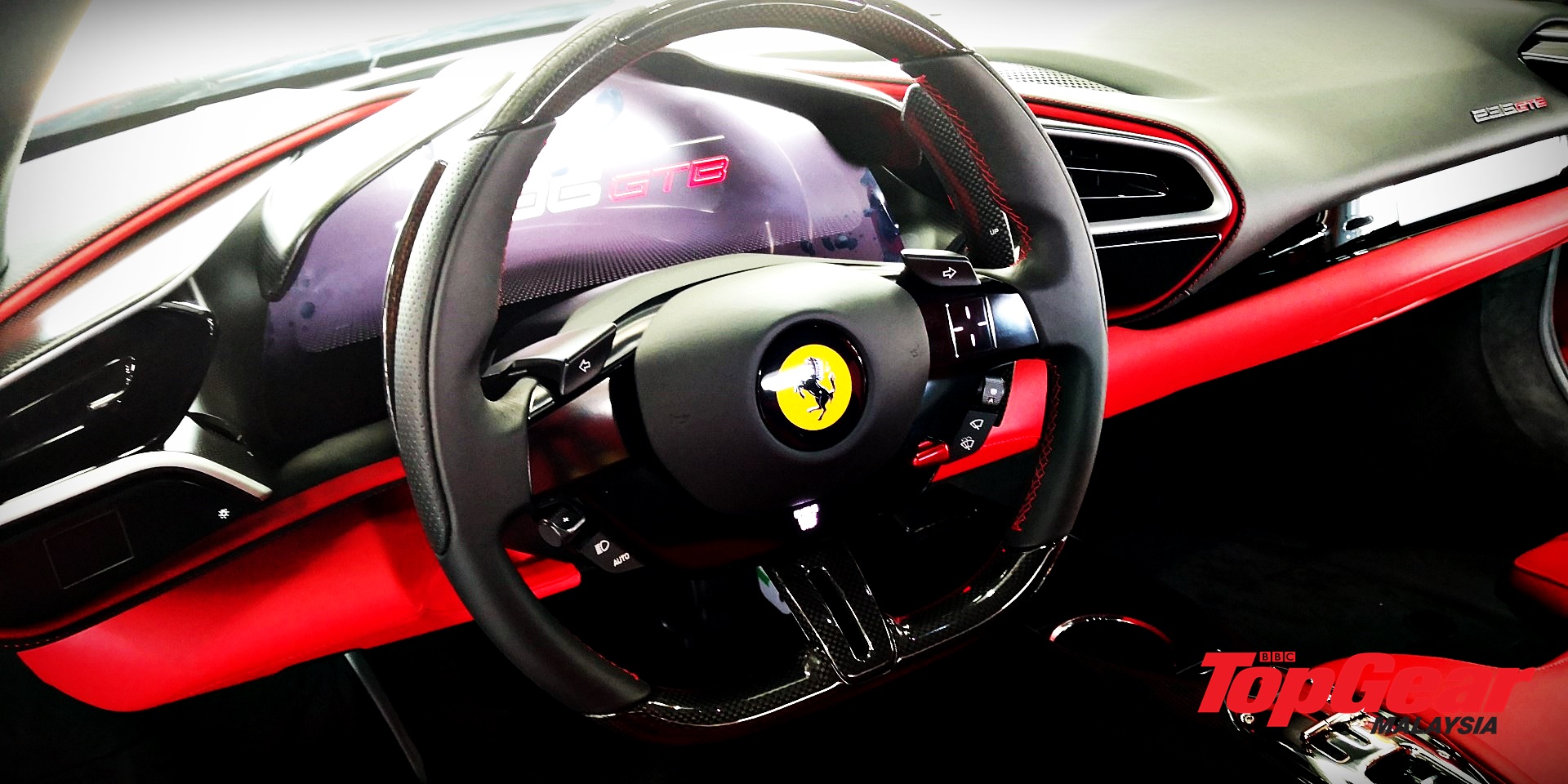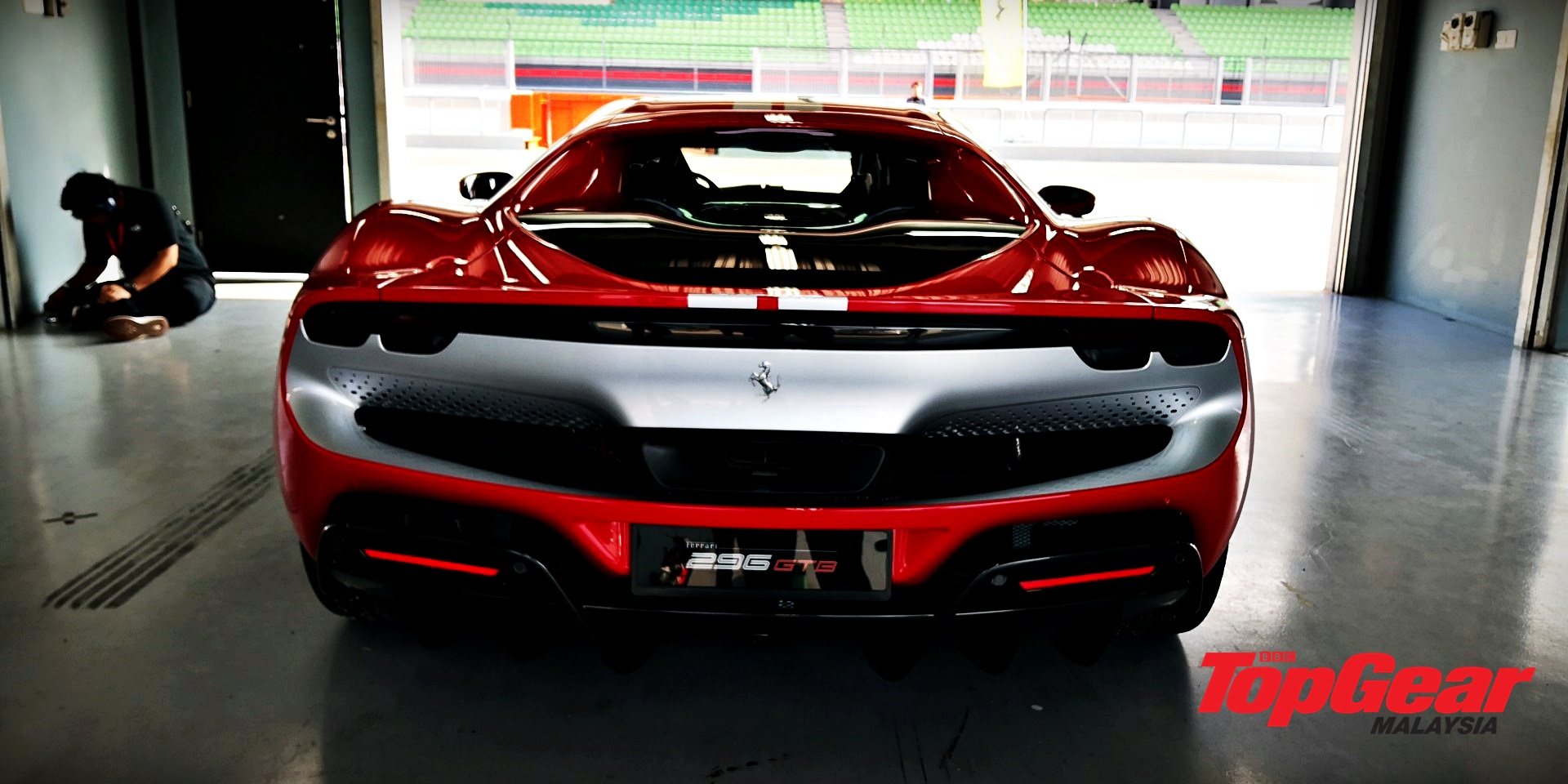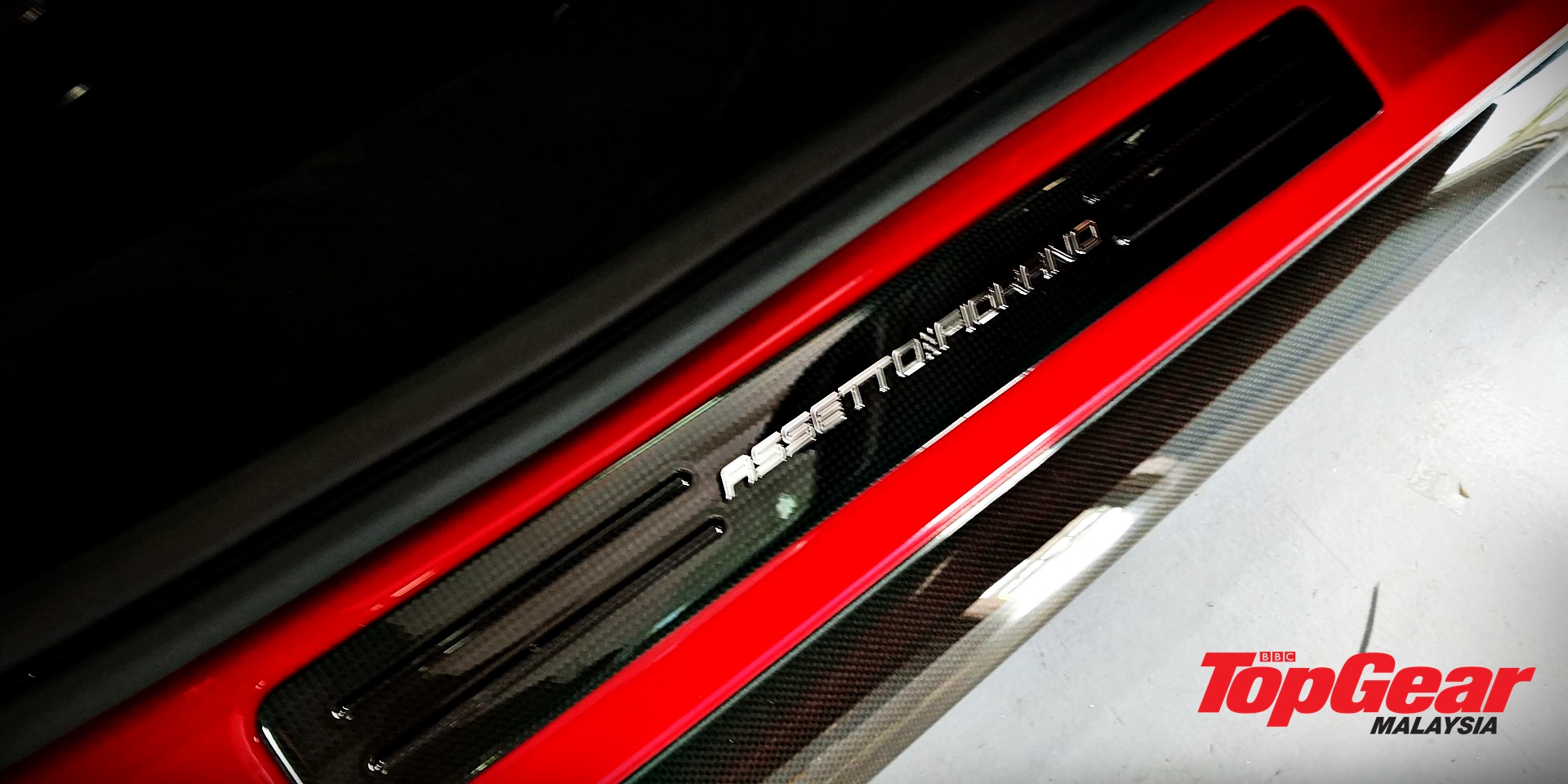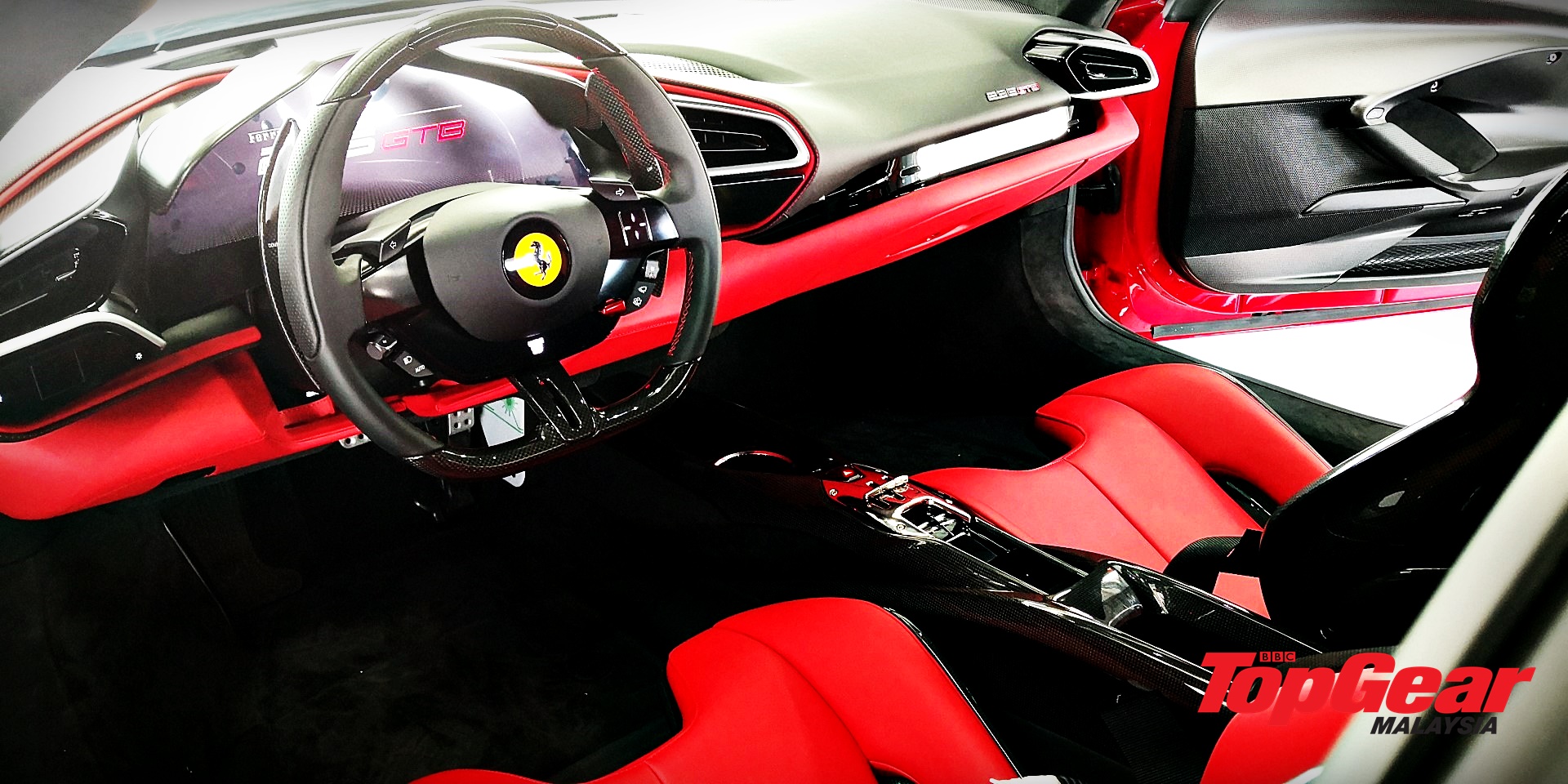First drive: Ferrari 296 GTB - Embracing the future with style
There may be less noise, but the 296 GTB is just as exciting as its predecessors with bigger engines
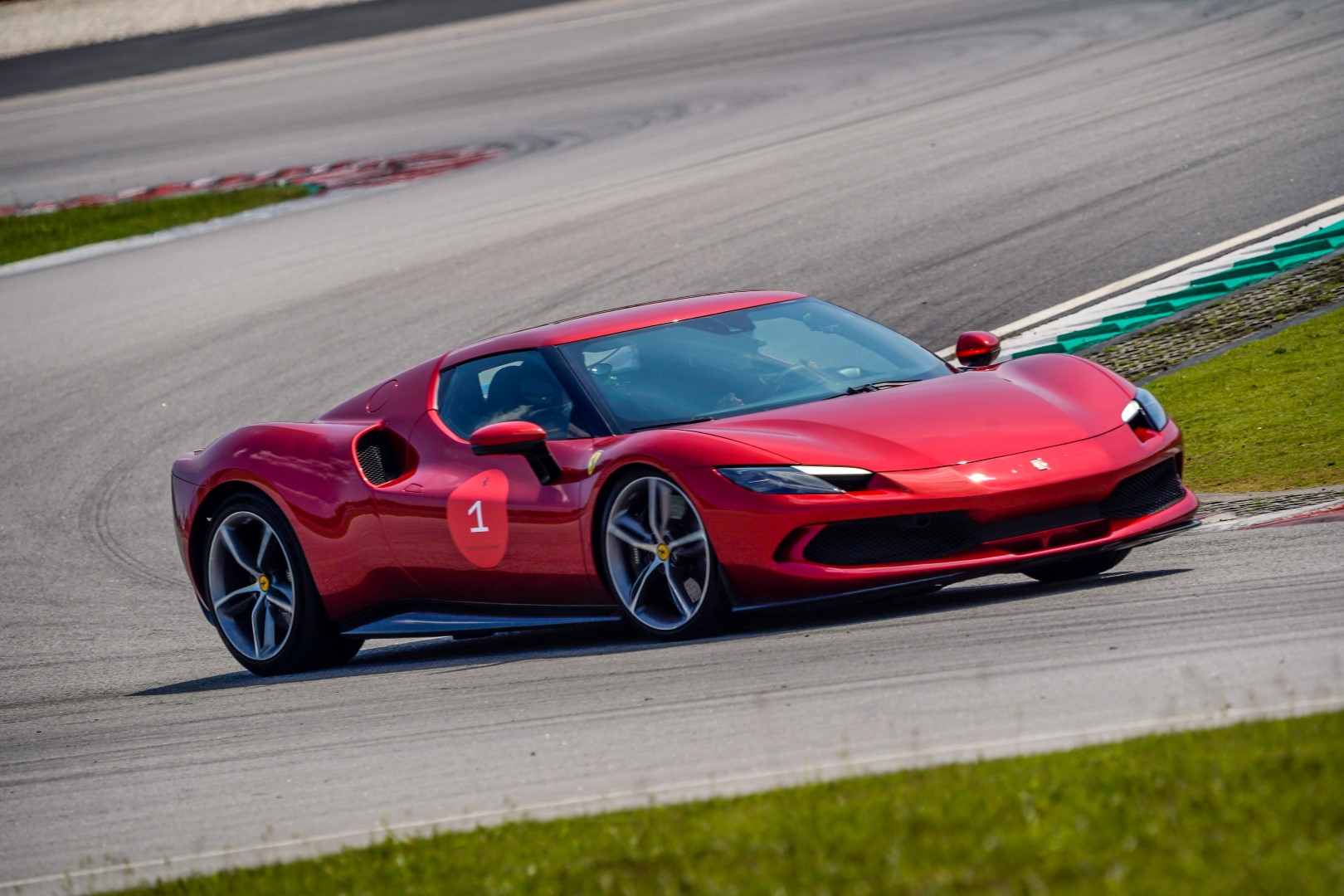
Love it or hate it, the global automotive landscape is all about sustainability, reducing carbon emissions and hugging trees at the moment, and as a result, big ol' bad ass V8, V10, and V12 engines are slowly but surely heading towards extinction.
As much as we would like to live by the statement "there is no replacement for displacement", we have no choice but to embrace the future which is electrification.
However, the million dollar question here is, "can these electrified cars provide the same level of excitement and satisfaction as naturally aspirated big-engined cars from the past?"
Turns out that it is possible, especially in cars like the one we're looking at here - the Ferrari 296 GTB which we put to the test at the Sepang International Circuit some months ago.
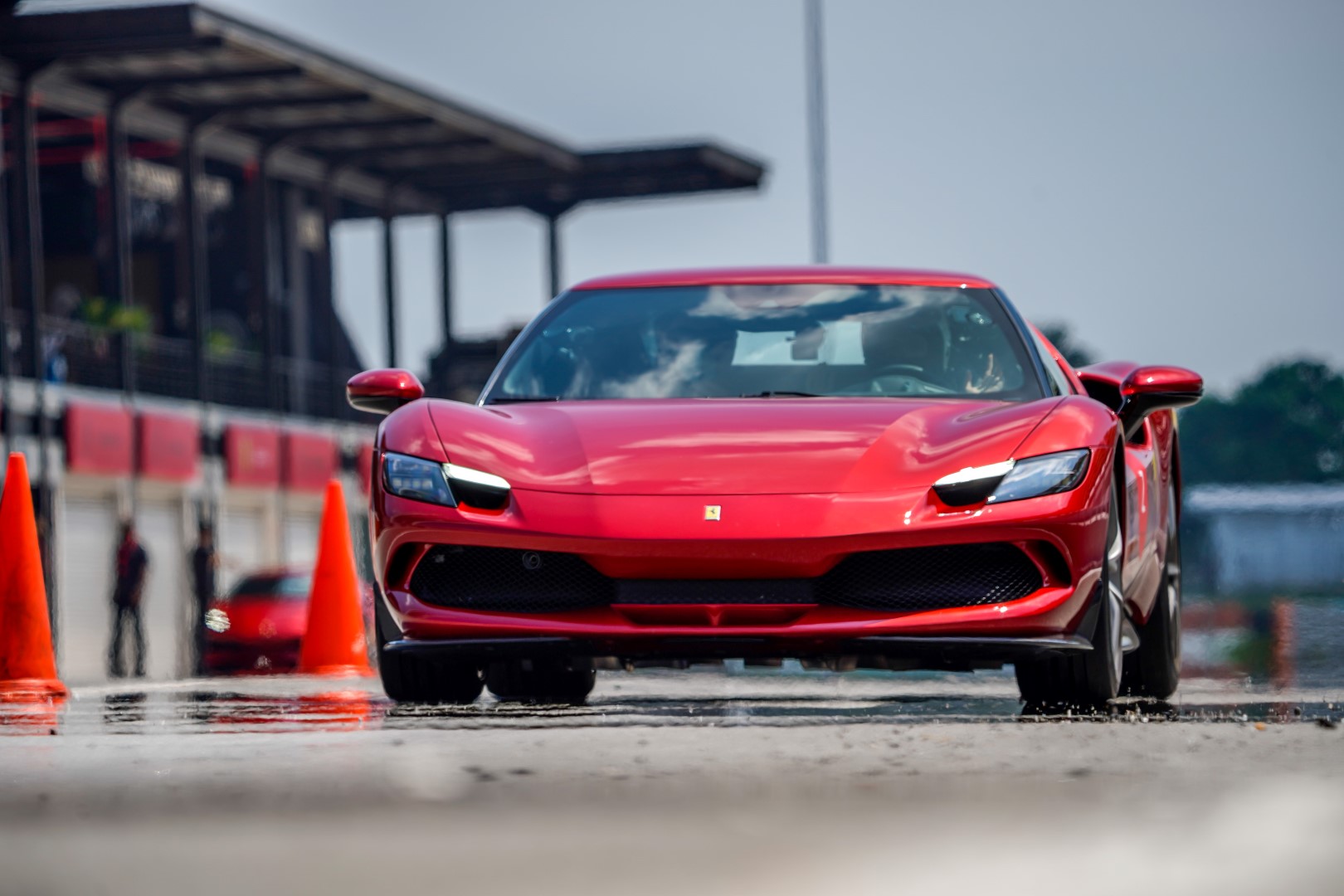
Priced from RM1.228 million before taxes, the 296 GTB mid-rear-engined two-seater berlinetta is actually Ferrari's first production model to be powered by a V6 engine. It is also the Prancing Horse's second mass-produced hybrid model after the SF90.
The 2.9-litre 120° twin-turbo V6 engine that produces 663 PS is coupled with an electric motor which churns out 167 PS, bringing the total output to 830 PS and 740 Nm of torque.
Sending all that power exclusively to the rear wheels is the same 8-speed automatic wet dual-clutch gearbox as the SF90 Stradale, Roma, and the Portofino M.
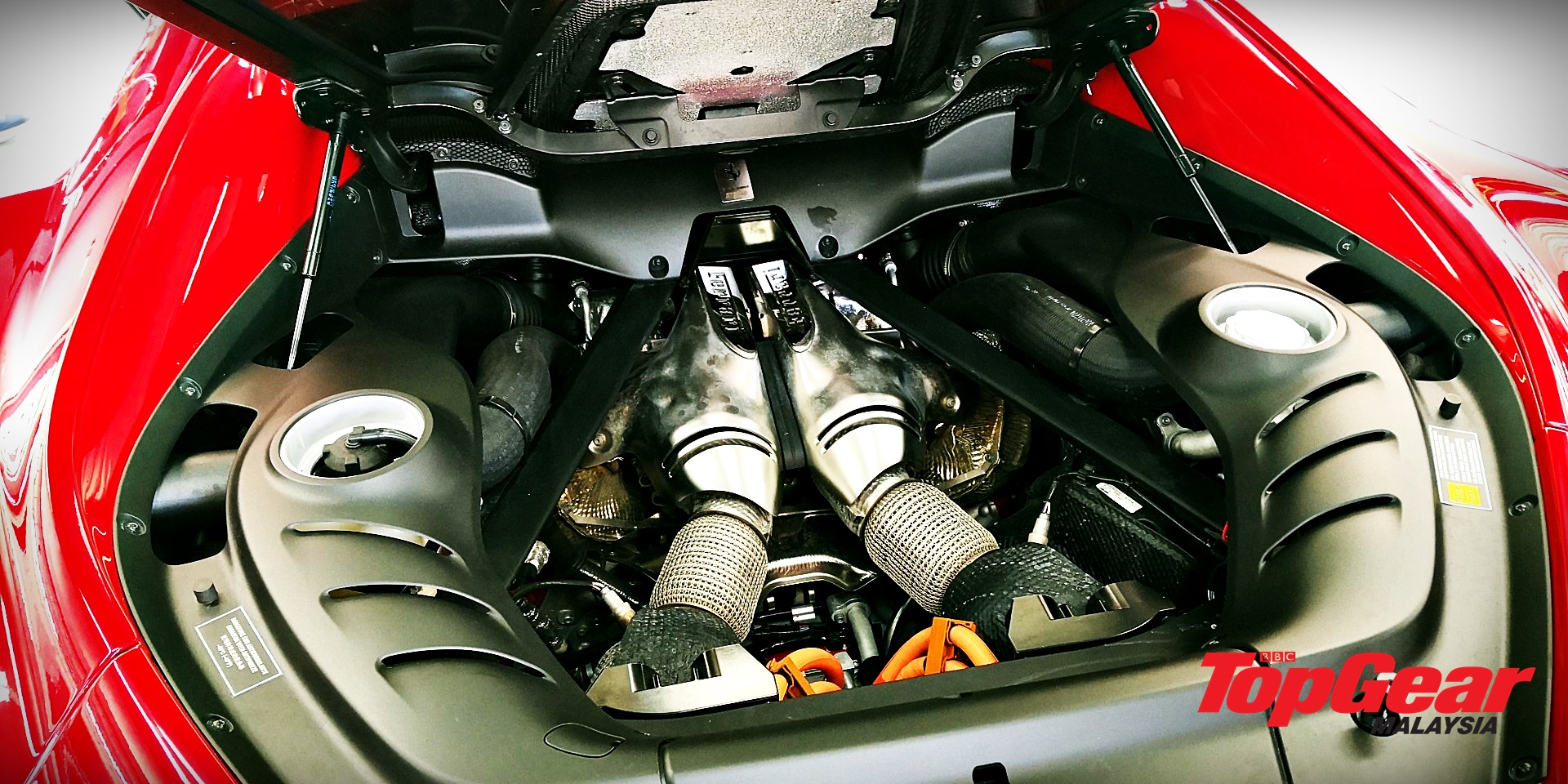
Capable of sprinting from zero to 100 in 2.9 seconds and 200 km/h in 7.3 seconds, the 296 GTB can reach a top speed of 330 km/h, and since it is a hybrid, you can drive it in pure electric mode for up to 25 kilometres with a top speed of 135 km/h.
Also part of the package are four driving modes (Performance, Hybrid, eDrive, Qualify) which can be selected using the eManettino controller on the steering wheel, an electronic Side Slip Control (eSSC), electric traction control (eTC), an electronic differential , as well as a new six-way Chassis Dynamic Sensor (6w-CDS).
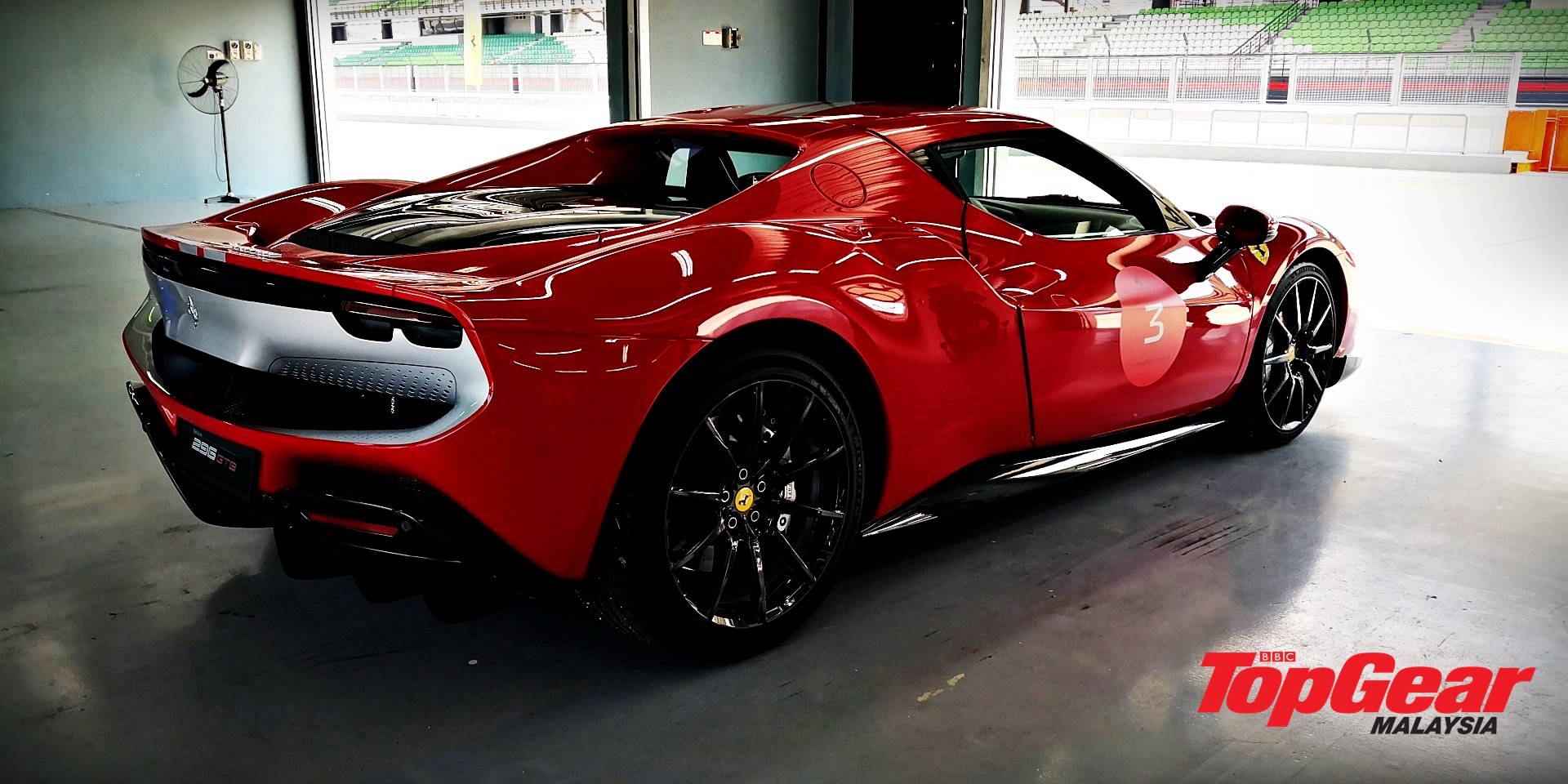
Stopping power on the other hand comes courtesy of a new brake-by-wire braking system which comprises 398 mm ventilated discs in front and 360 mm discs at the rear, and a new function called ABS Evo.
Thanks to all these components, the 296 GTB brakes from 200 km/h to a standstill in just 107 metres.
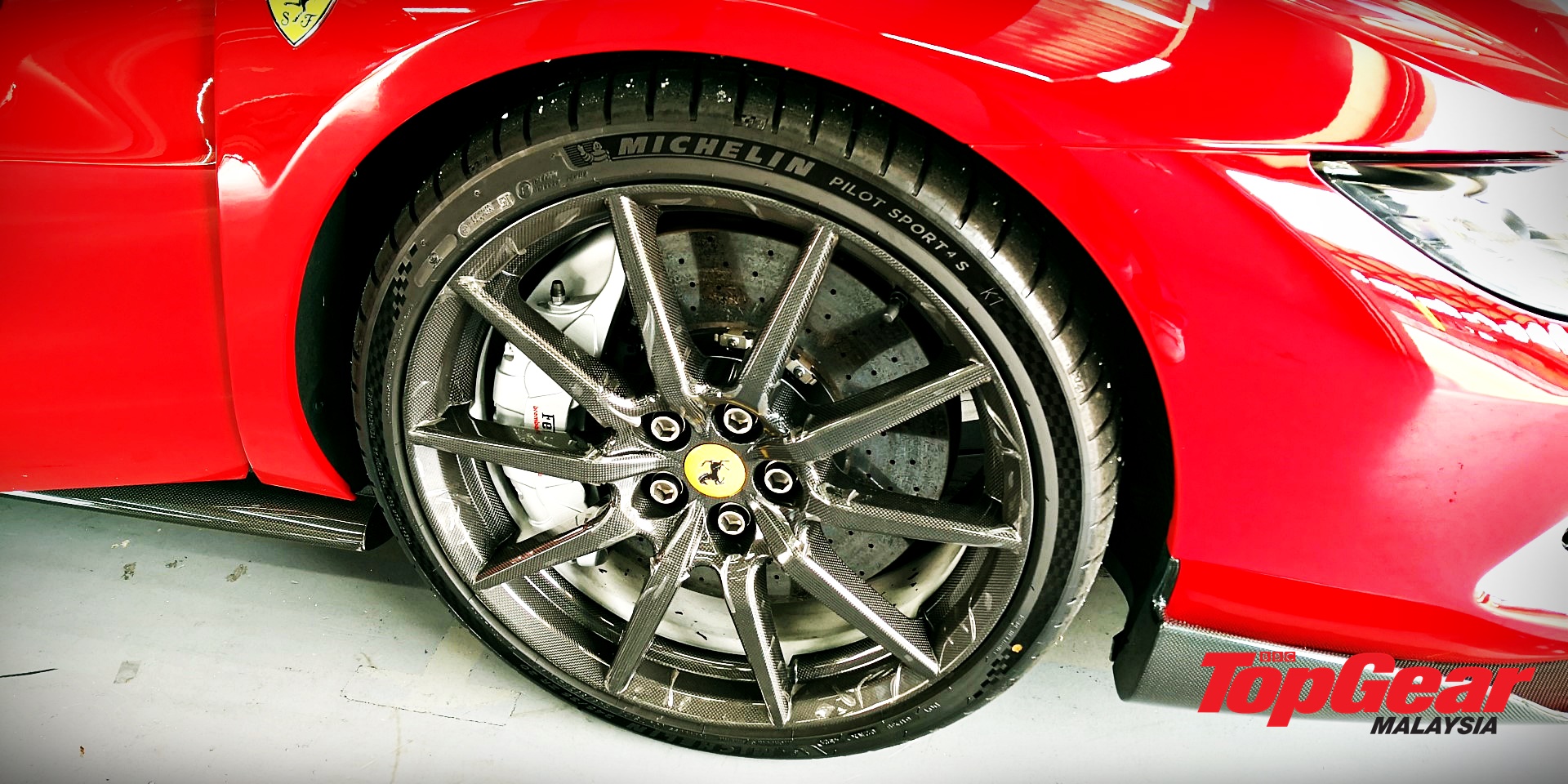
Driving it
Upon opening the doors of the 296 GTB, I was greeted by a cockpit that looked simple, but very stylish and luxurious thanks to the bright red seats (you can have it in black if you want).
Unlike Lamborghinis and McLarens in which there is a generous dose of Alcantara upholstery which serves a purpose but doesn't look very appealing, the 296 GTB's interior has a lot of what we think is Nappa leather and shiny carbon fiber bits, making it look significantly sexier and more pleasant to the eye.
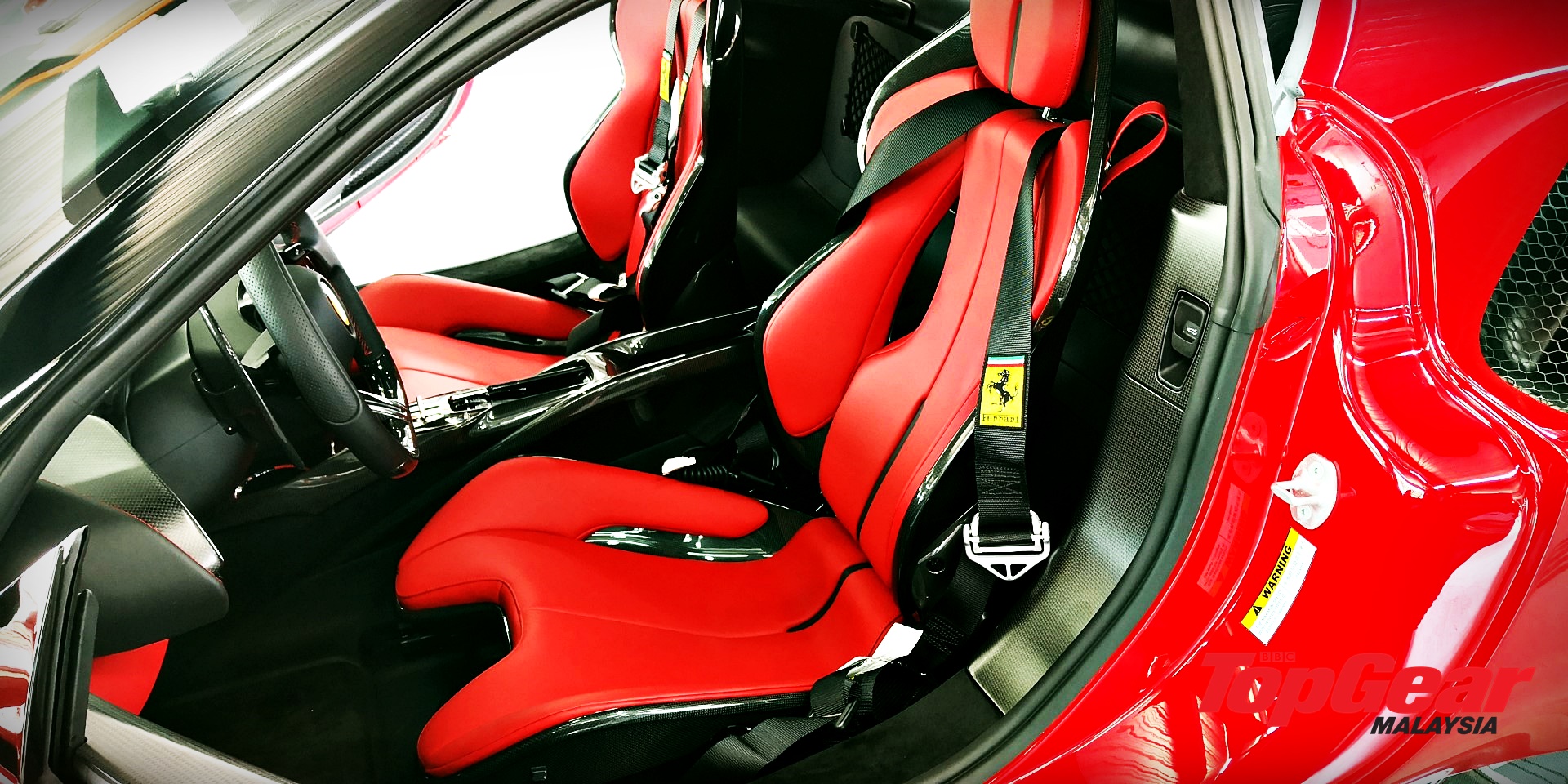
That being said, there is enough space for two six-footers to sit next to each other without rubbing shoulders, and the seats provided superb level of support and comfort throughout my stint with the car.
Besides the gear selector on the centre console, there are no buttons, switches, or levers of any sort for you to fiddle with.
Since everything is digital now, all the controls you need are actually on the steering wheel - from the driving mode selector to audio, climate control, navigation, and everything in between.
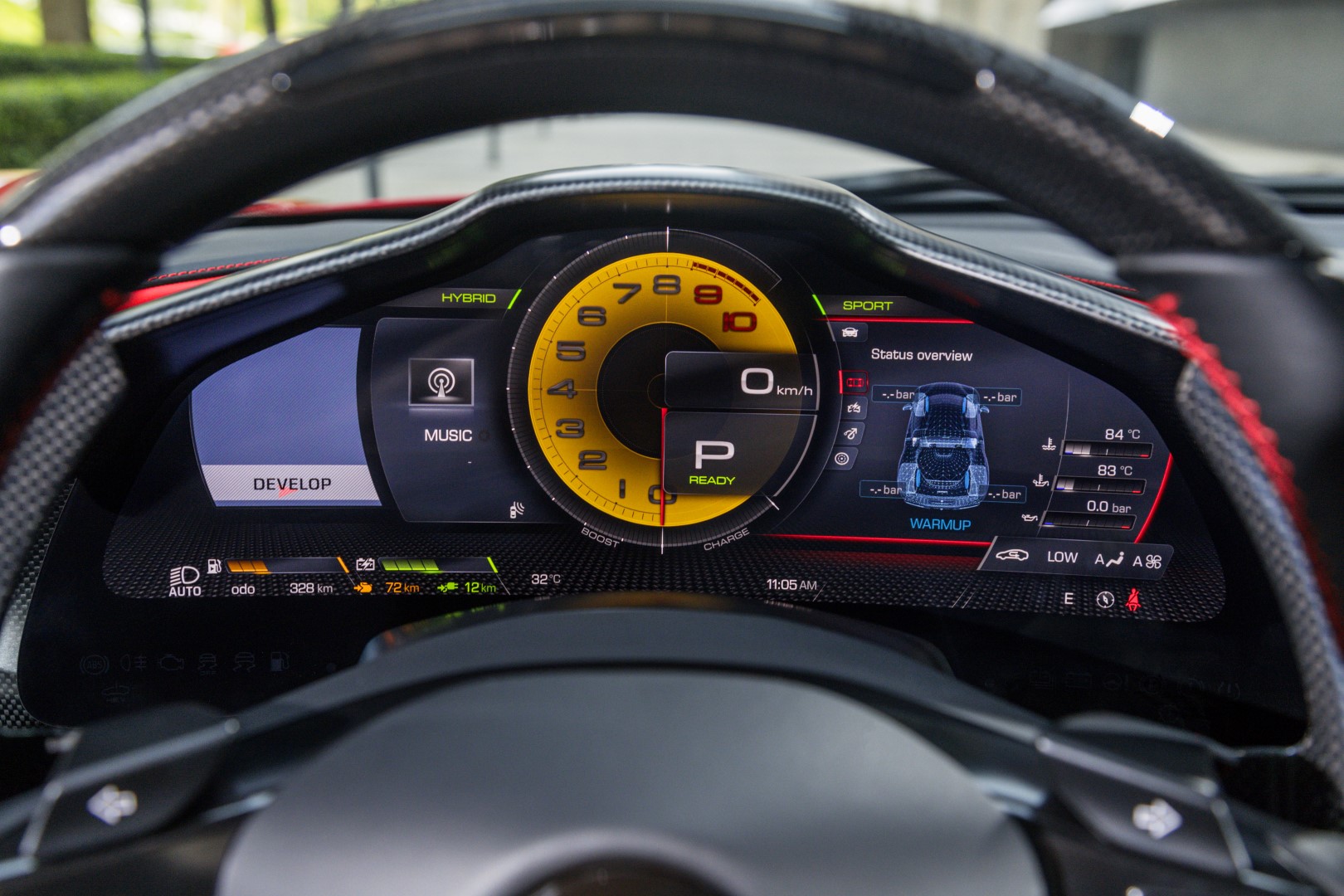
So, after strapping in and getting comfortable, I went on to complete six full laps around the Sepang International Circuit, testing out each and every driving mode to see how they feel.
The first mode which we tested was eDrive, which is the full electric mode where the engine is not used at all, so there was no sound or any gear-changing involved. It was just us chilling and cruising at about 100 km/h.
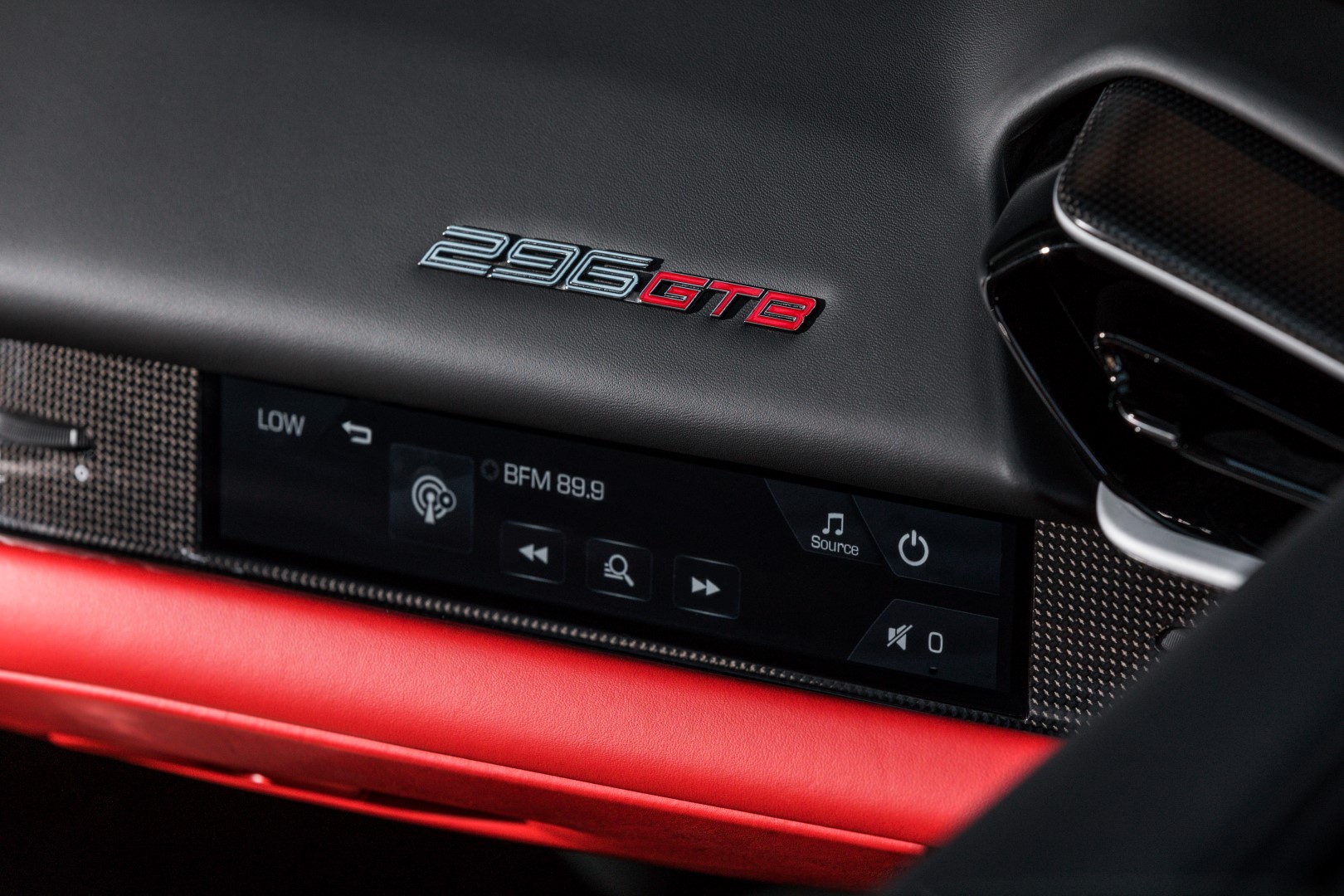
In Hybrid mode, the 296 is in pure electric mode at low revs but when you floor it or go past a certain speed, the engine kicks in and you're up for a treat.
Essentially, what this mode does is that it cleverly switches between the electric mode and normal mode and only turns on the engine when it is necessary, in order to maximise fuel consumption and to make it more driveable on a daily basis in the city.
In Performance mode, the engine is always on but it also charges the battery to make sure that there is always maximum boost available, so, as insane as it was, we were actually sacrificing about 40 PS due to the charging.
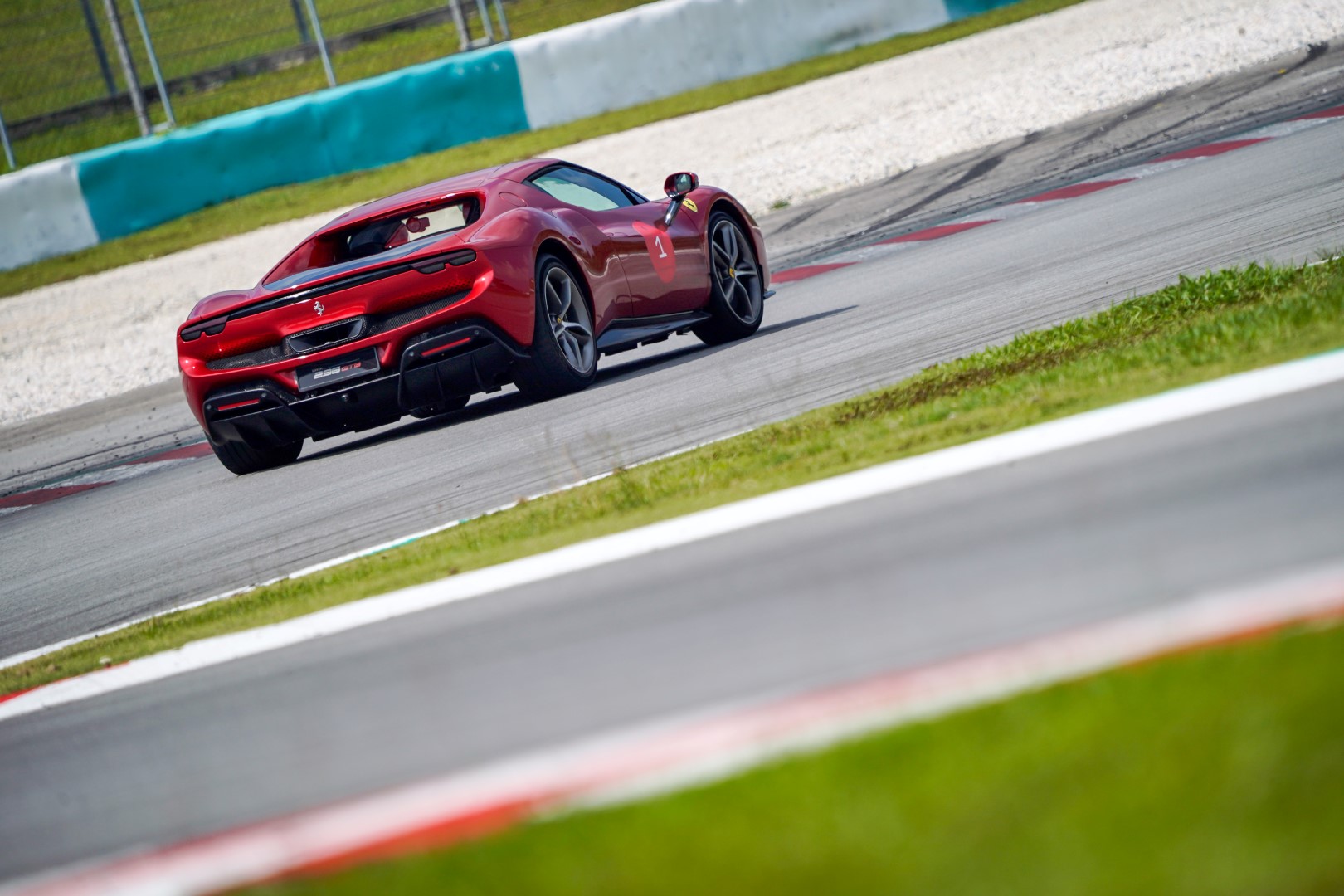
It was only in Qualify mode that I had access to all 830 PS in its glory, and boy, it was nuts! Despite being a rear-wheel-driven car, the 296 GTB was so balanced that the rear doesn't easily swing out, instilling confidence in me to push it a little harder at every corner.
All that power was matched by equally impressive brakes, which meant that I could push the car harder on the main straight without worrying about not having enough room to brake.
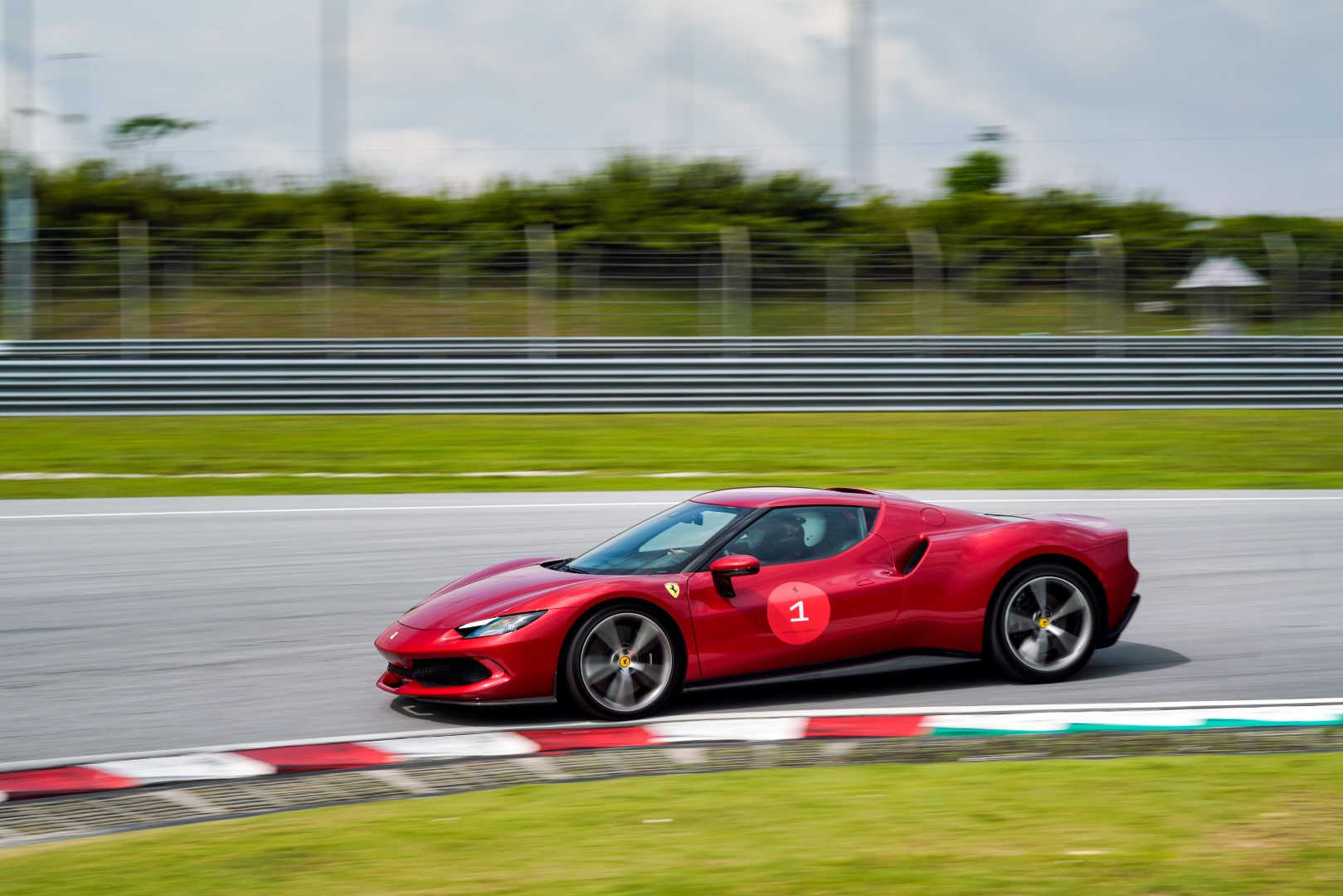
The best part of it all was that I was constantly kept entertained by the glorious sound of the engine at all times. Yes, the engine is not as loud as a V8 or a V10 but believe me when I say it is still bloody loud in the cabin and it is orgasmic.
In all, what Ferrari has done with the 296 GTB is embrace the future without compromising the true DNA of the brand.
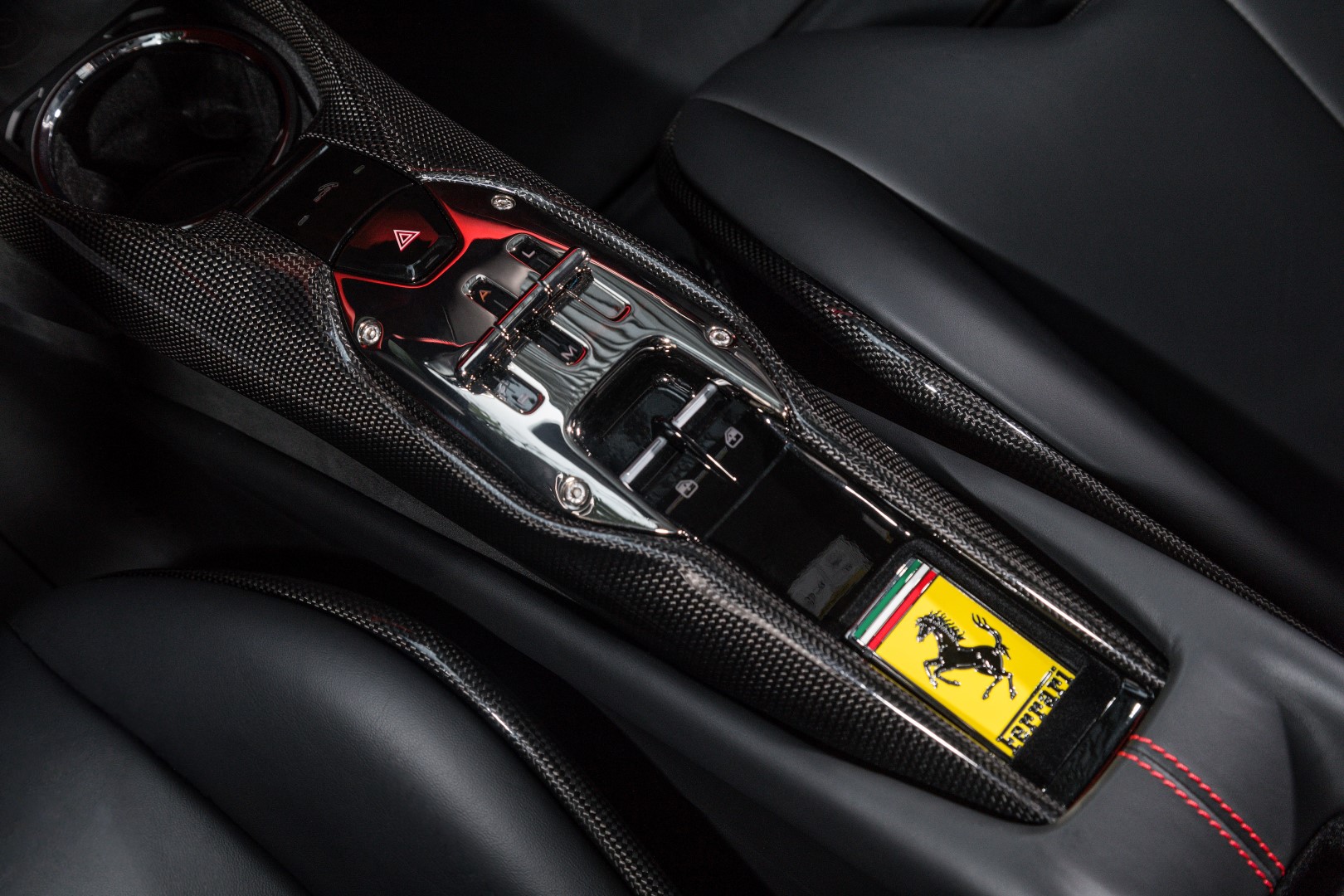
Not only is the 296 GTB an absolute beast on the track, but it can also transform into a comfortable fuel-sipping city car which you can drive to work everyday.
Specifications
Engine: 2.9-litre V6 twin turbo
Displacement: 2,992 cc
Max power: 830 PS at 8,000 rpm
Max torque: 740 Nm at 6,250 rpm
Transmission: 8-Speed wet DCT
0 - 100km/h: 2.9 secs
0 - 200km/h: 7.3 seconds
Top speed: 330km/h
Price: From RM1,288,000 without tax
